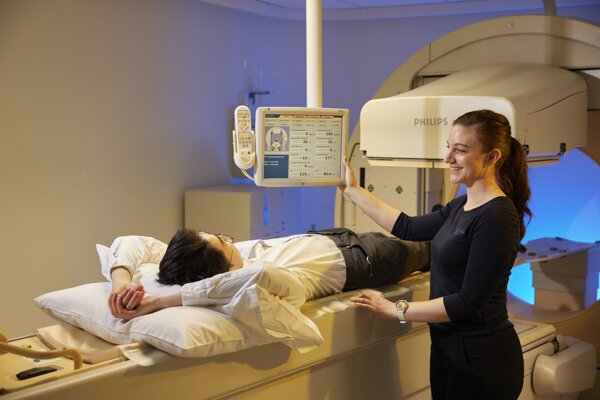Gastroesophageal reflux disease (GORD) is a common condition. GORD immediately comes to mind when symptoms such as heartburn and regurgitation are mentioned, but sometimes the symtoms aren't as obvious.
Silent reflux affects approximately 40 to 50% of patients who have GORD. It is referred to as ‘silent reflux’ because it does not present with the classical symptoms of reflux, being heartburn, lump in the throat and regurgitation. Symptoms of silent reflux range from chronic cough, recurrent sore throats, loss of voice, persistent throat clearing, chest pain, choking, wheezing and shortness of breath.
Contamination of reflux throughout the head and neck can be the cause of ear and sinusitis infections, sore throat and a difficulty in swallowing. Reflux can also irritate the airways and be aspirated into the lungs causing chronic cough, breathing difficulties, recurring chest infections, bronchitis or pneumonia.
When diagnosis and treatment are delayed, chronic GORD can increase the risk for serious health complications. The thin tissue that lines your esophagus is sensitive, and stomach acid is irritating. It can burn and damage the tissue inside your esophagus, throat, and voice box. For adults, the most common complications of reflux include long-term irritation, tissue scarring, ulcers, and increased risk for certain cancers.
Our patented & exclusive Gastroesophageal Reflux Test accurately detects the presence and determines the extent and severity of gastroesophageal reflux disease.
The first of it’s kind, this non-invasive nuclear medicine imaging technique precisely identifies contamination of reflux fluid throughout the maxillary sinuses, throat, middle ears, laryngopharynx, airways and lungs.

